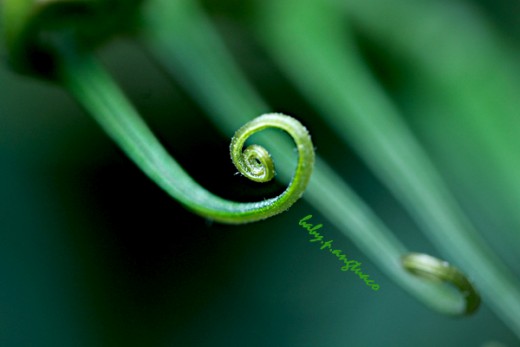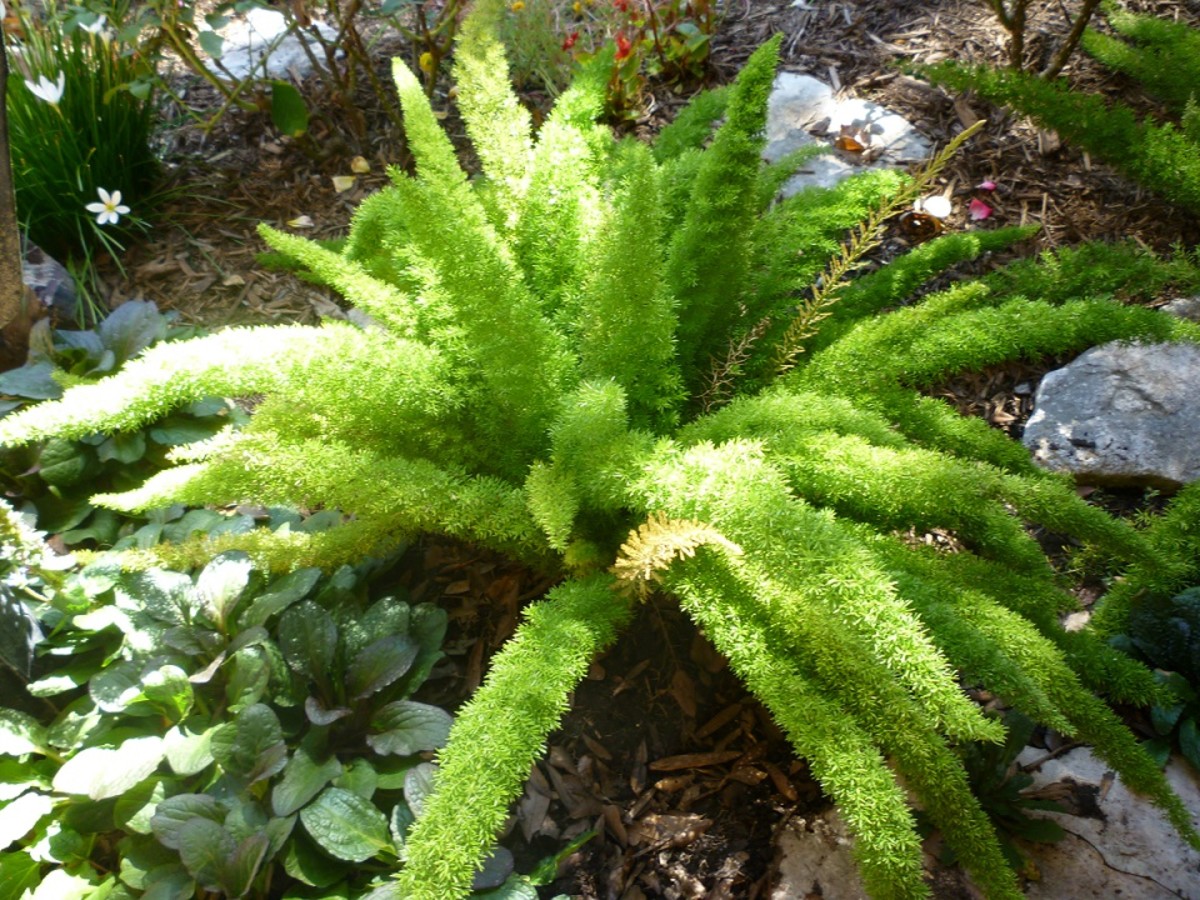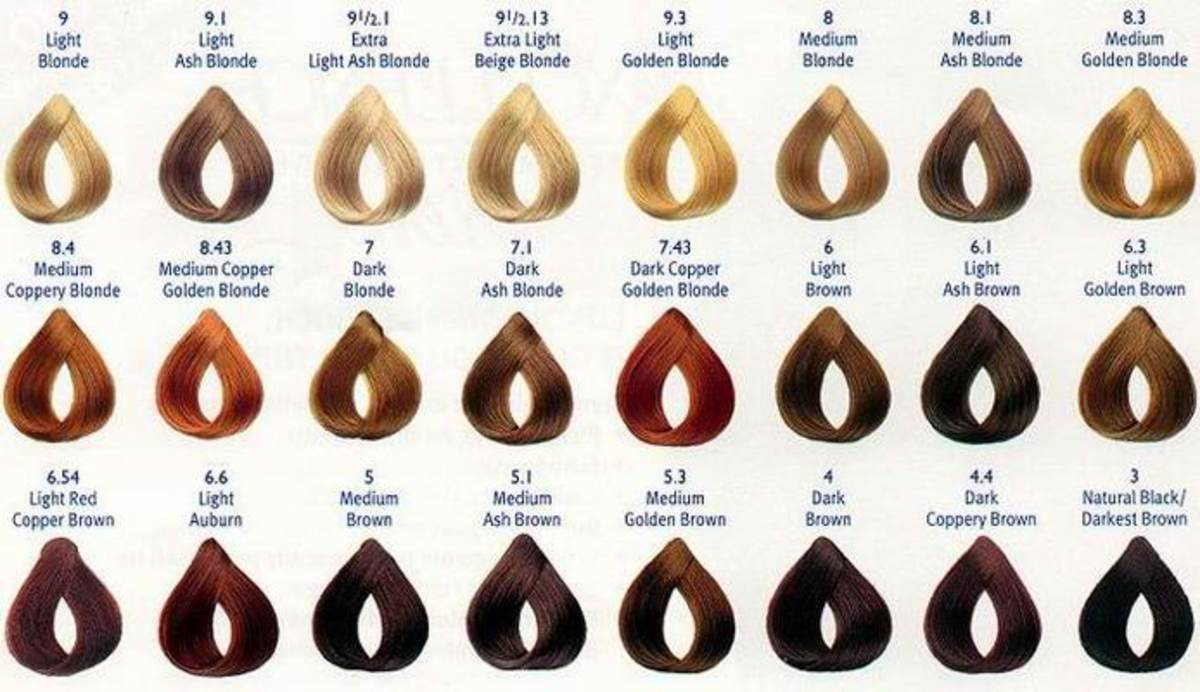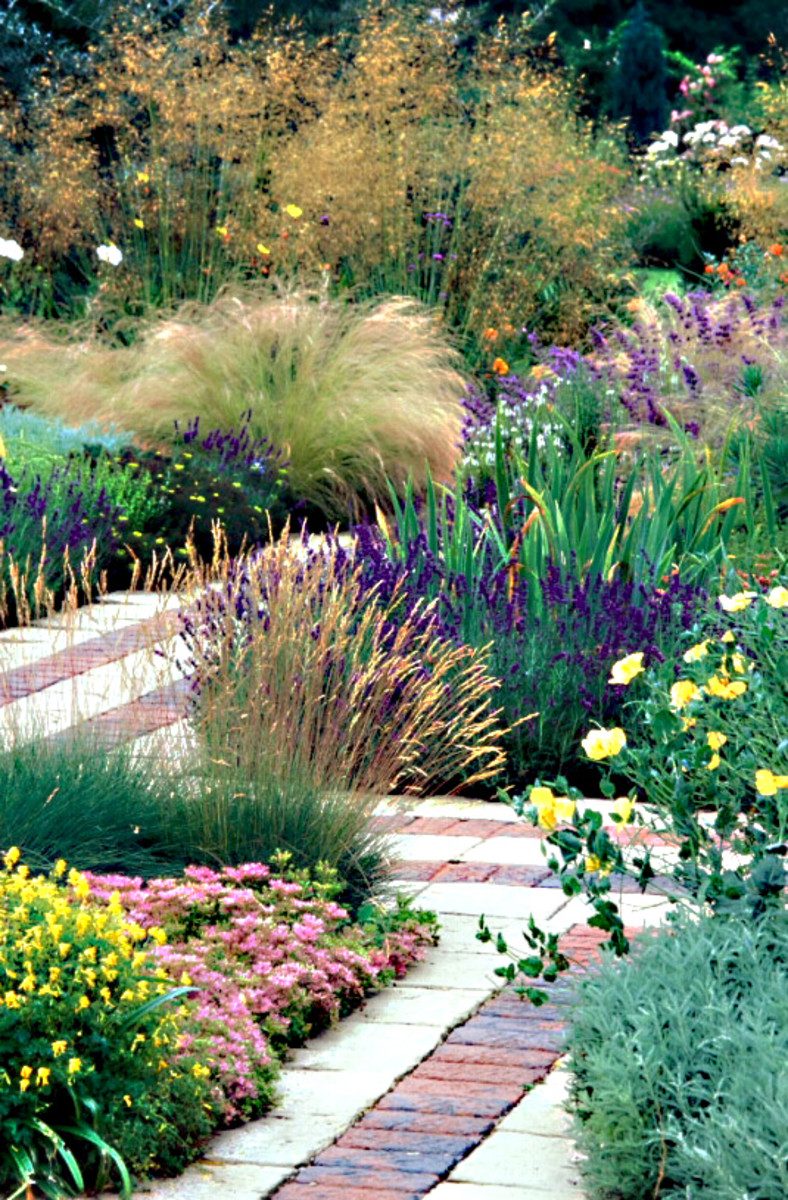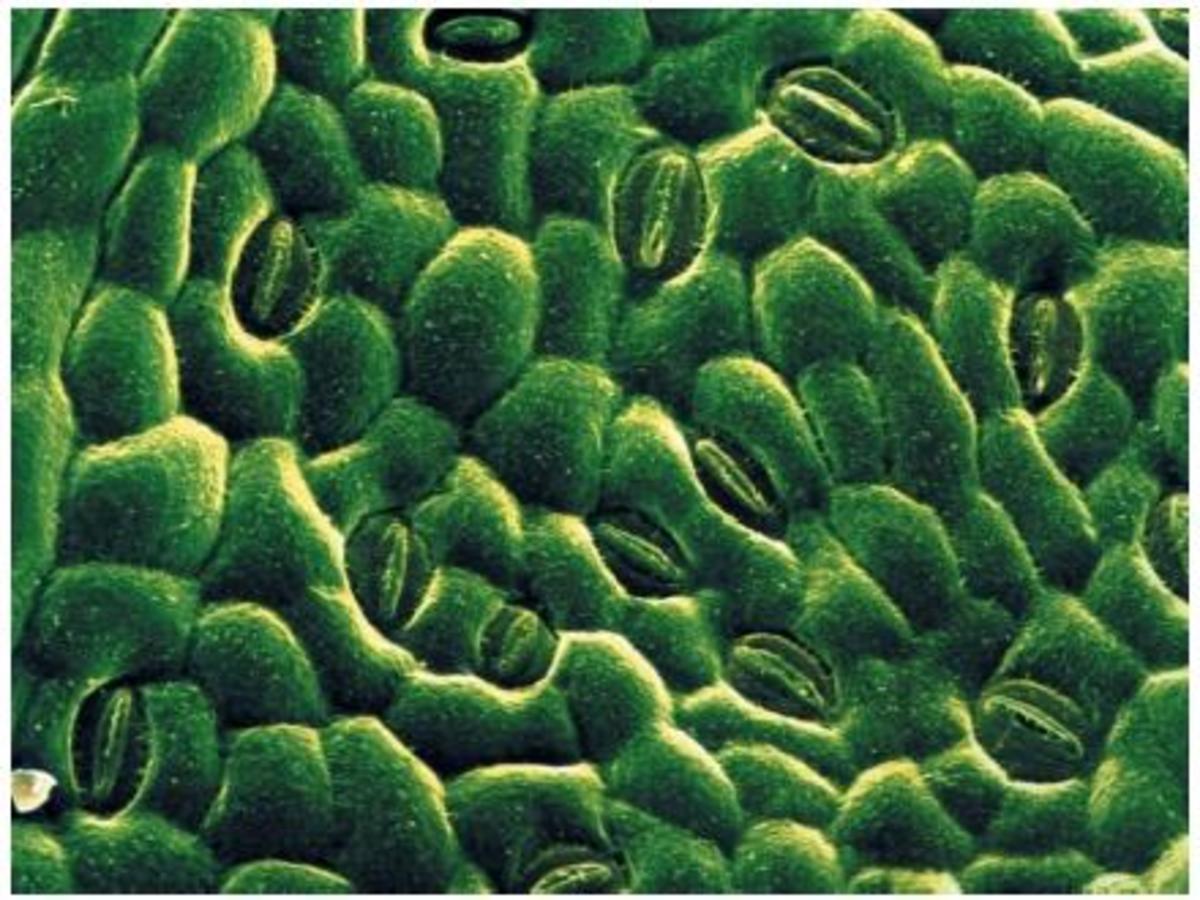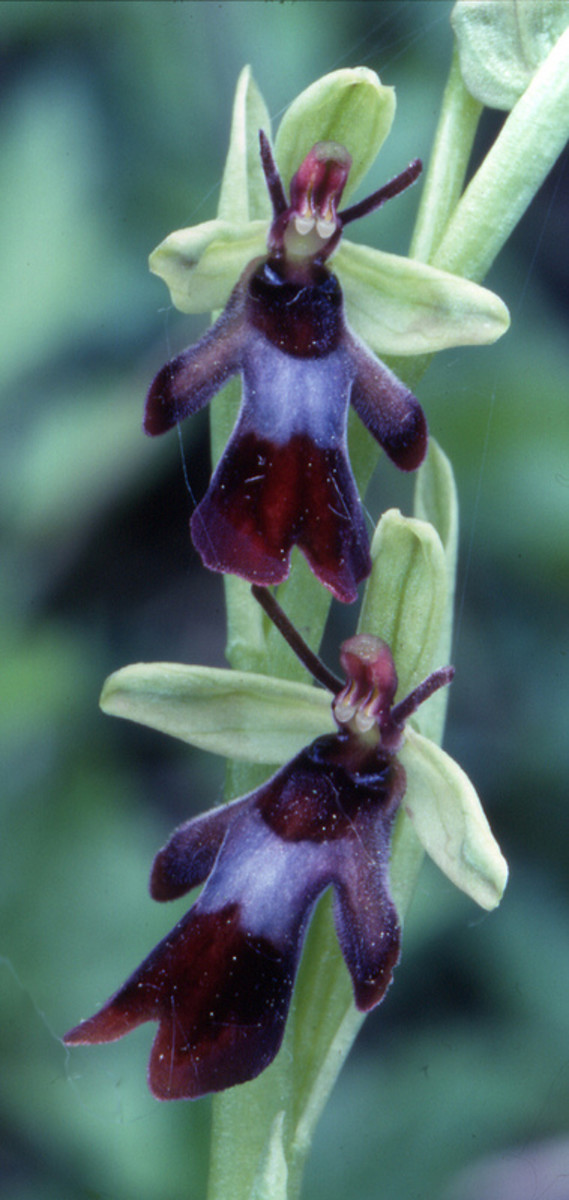I Recommend Going Green With Ferns
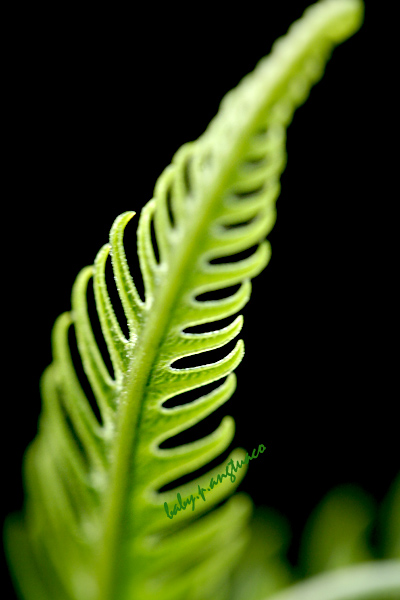
Green is in, going green is even better and ferns are one of the easiest greens to grow.
Why Go Green?
Green is the buzz word nowadays. Going green means taking care of the environment or environmentalism. If you want your company or business to succeed, you have to incorporate an environmental aspect. This indicates that you are environment friendly.
Green denotes life. Whenever the word “life” is mentioned, one of the first images that always come to mind is a green plant. So green signifies life, nature, abundance, growth, renewal, health.
Green has a calming effect. This is the reason why majority of spas use the color green on their walls to give the effect of calmness, wellness and luxury.
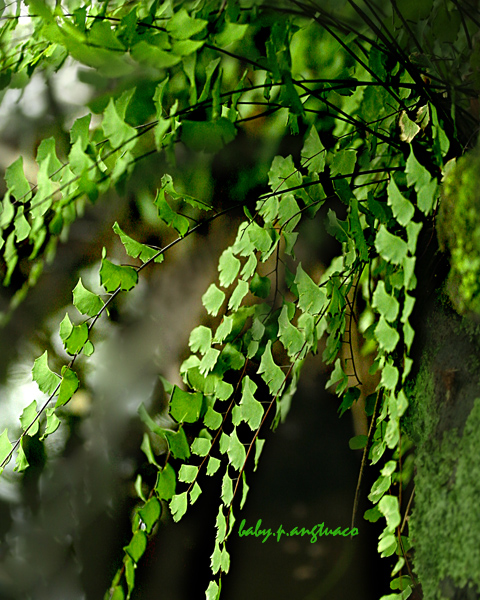
Why Ferns?
Why ferns indeed? Well, because they are easy to grow.
As long as you have enough moisture in your part of the world, ferns will grow.They can grow on rock crevices, near bodies of water, high up in the mountains, on forest grounds, or practically anywhere as long as there is enough moisture for their growth and reproduction.
So growing ferns is what I call a “no brainer” activity. It's for the lazy gardener. Just give them enough moisture and they will grow happily, luxuriantly.
For example, I did not even plant the ferns in my garden; they just appeared one day and have stayed on. I guess their spores came with the garden soil I bought.
Ferns also do not need much maintenance except for the occasional removal of a few dead fronds. A friend has even complained that the ferns in his garden have grown so thick, they have become weeds already. So he has to uproot several of them to prevent further growth.
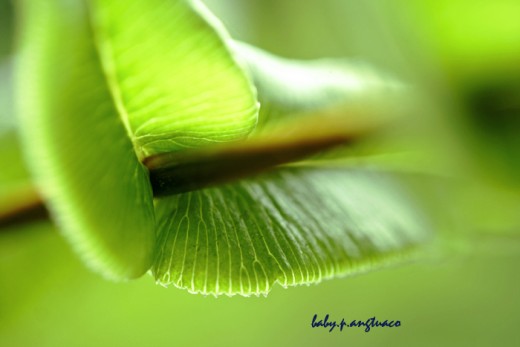
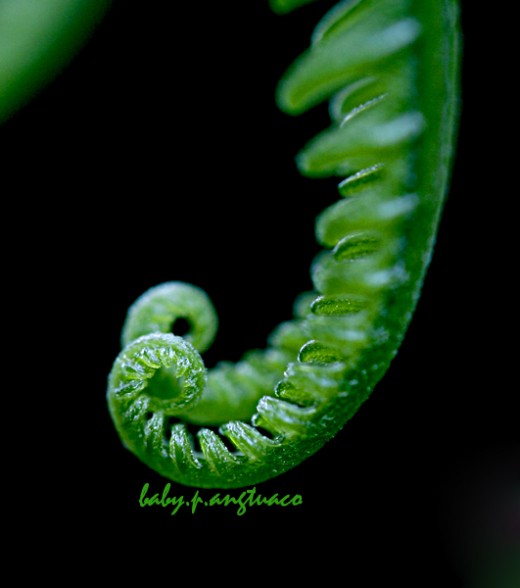
Ferns Are Pretty but Not Sexy
Since ferns started growing in my garden, they have become the subject of my photography adventures. They are so green and pretty that I always discover something new to photograph about them. I’ve got hundreds of fern photos, not in the taxonomic way (because I only have a few species), but simply in the photographic way.
So I’m sharing a few of my fern photos here. I hope you enjoy them. They are the “pretty” part of this hub. Notice their symmetry? Notice the patterns they create? Notice how photogenic they are?
Now why did I say that “ferns are pretty but not sexy”?
Well, because unlike most plants that you know, ferns do not practice sex to reproduce.
What, reproduction without sex? How boring can that be?
No, it’s not boring at all. It’s the way to go, if you are a fern!
Ferns Reproduce without Sex
Ferns do not have flowers, so they do not practice sex during reproduction.
As you already probably know, flowers contain the reproductive organs of plants. But ferns do not have flowers, so they cannot practice sex. Rather, they have spores that become the future “baby” ferns.
Do you see the brownish dots on the underside of fern leaves or fronds? These are the spores and there are millions of them in a single frond.
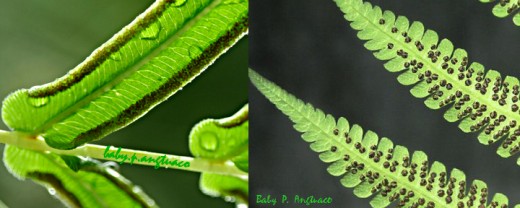
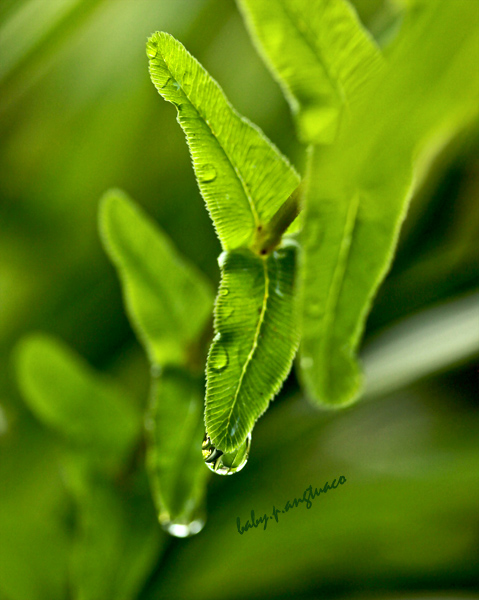
Spores are contained in special containers called sporangium . Sporangia (plural) can be in the form of separate clusters as in the right photo above, or can be continuous as in the left photo above.
Spores inside the sporangia change in color from whitish green when young to reddish brown when mature.
Mature spores are released from the sporangia and they are carried by air to various places. When they settle on a favourable moist environment, they grow into a new fern plant through a bit of a roundabout way.
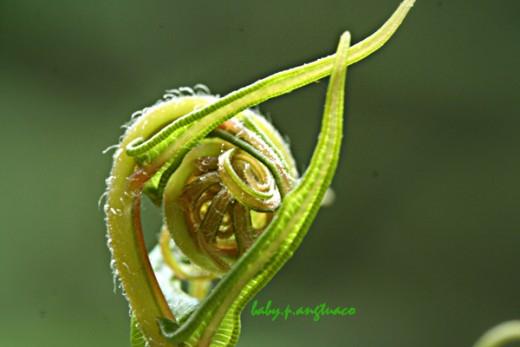
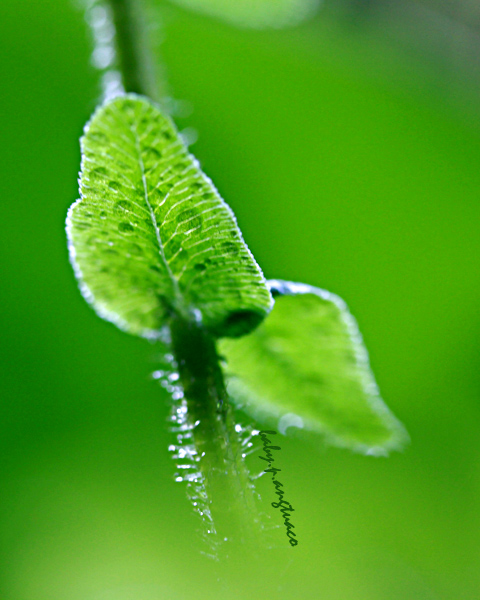
Ferns (Kind of) Practice Sex After All
The growth of a spore is indeed a bit complicated and it shows that there is sex in ferns after all, (kind of)!
When a spore settles on a favourable environment, it grows into a very small (about 8 mm) heart-shaped plantlet called gametophyte or prothallus. This gametophyte has sacs of eggs and sperms. That’s why it’s called gametophyte because it forms gametes or eggs and sperms.
In a moist environment, the sperms swim towards the eggs to
fertilize them. You guessed it, this is the sex part - fertilization!That's why I said "kind of".
The fertilized egg then grows into a sporophyte. The sporophyte is the one that we see as the fern plant. It has roots and leaves or fronds. It’s called sporophyte because later in its life, it will form spores. And the cycle repeats itself.
That is how a fern spends its life - alternate between a spore-producing sporophyte (this is the fern that we see) and a gamete-producing gametophyte (too small to see with the naked eye).
Just One More Thing about Ferns
Have you ever looked at a growing fern closely? Do you see those curly tips on the young leaves? Those are called crosiers (croziers) or fiddleheads.
Crosiers are the curved staff carried by bishops while fiddleheads are of course the heads of fiddles or violins. If you look at the three photos below, you will see the resemblance.
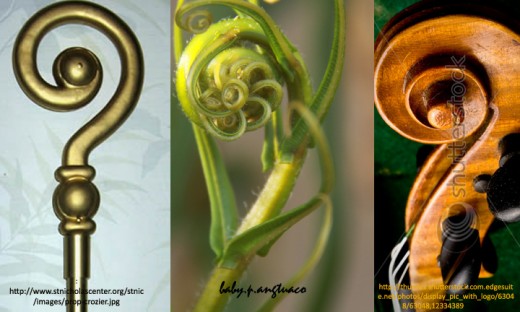
Why Go Green With Ferns?
Just to recap:
Ferns are easy to grow as long as there is enough
moisture to support their growth and reproduction. They also come in various
forms and sizes and are really beautifully green all over. They have pleasing patterns and symmetry with just the right curves to make them exciting.
Green color is of course refreshing, relaxing and luxurious on its positive aspect. Hopefully you will not experience its negative aspect of envy, jealousy and sickness.
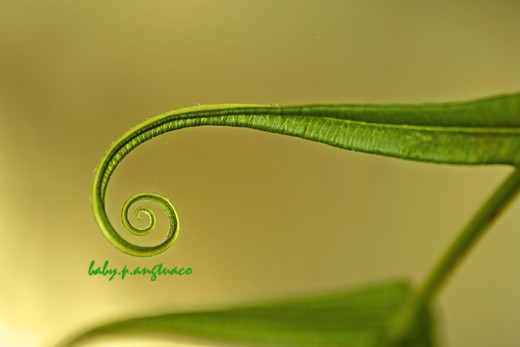
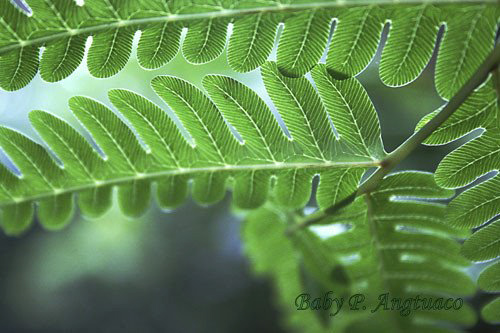
Dedication
This is dedicated to my hubber friends whose favourite color is green – Coffeesnob, Green Lotus, Paul Gibsons, Anglnwu.
This is also for Jerilee Wei. I promised her a hub on ferns.
